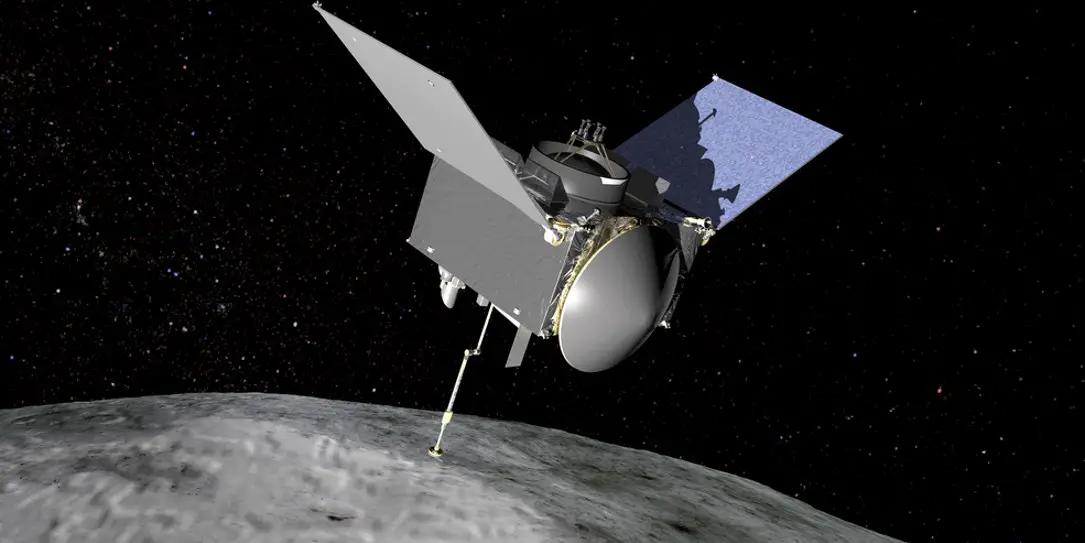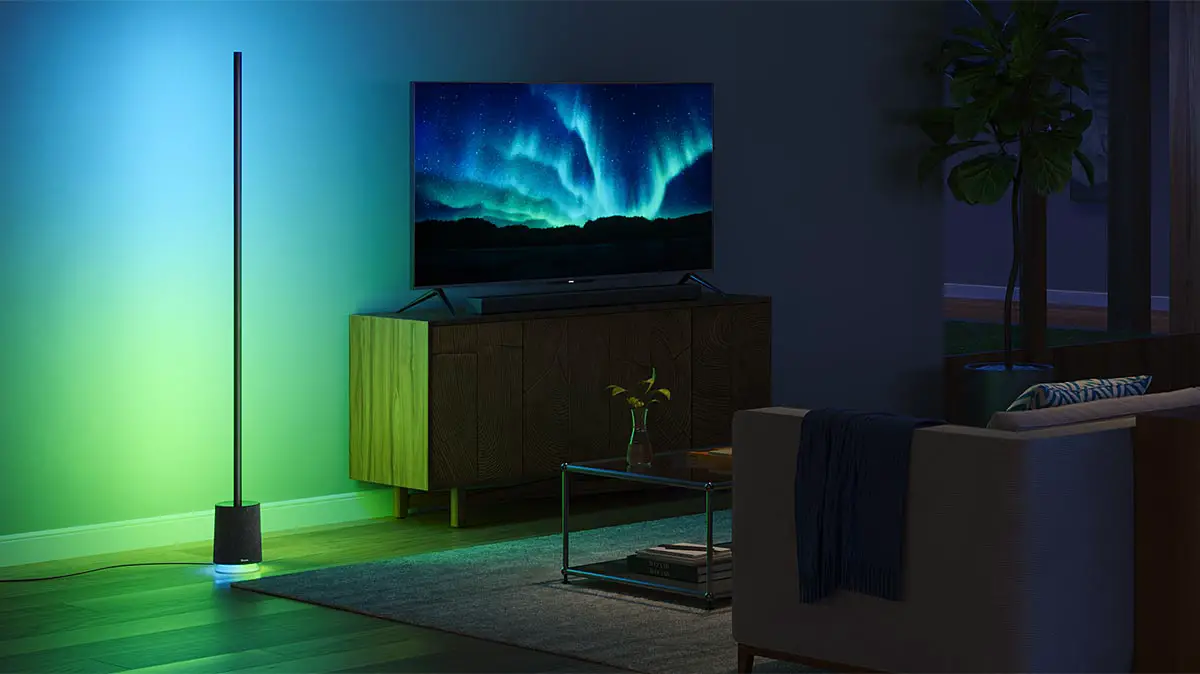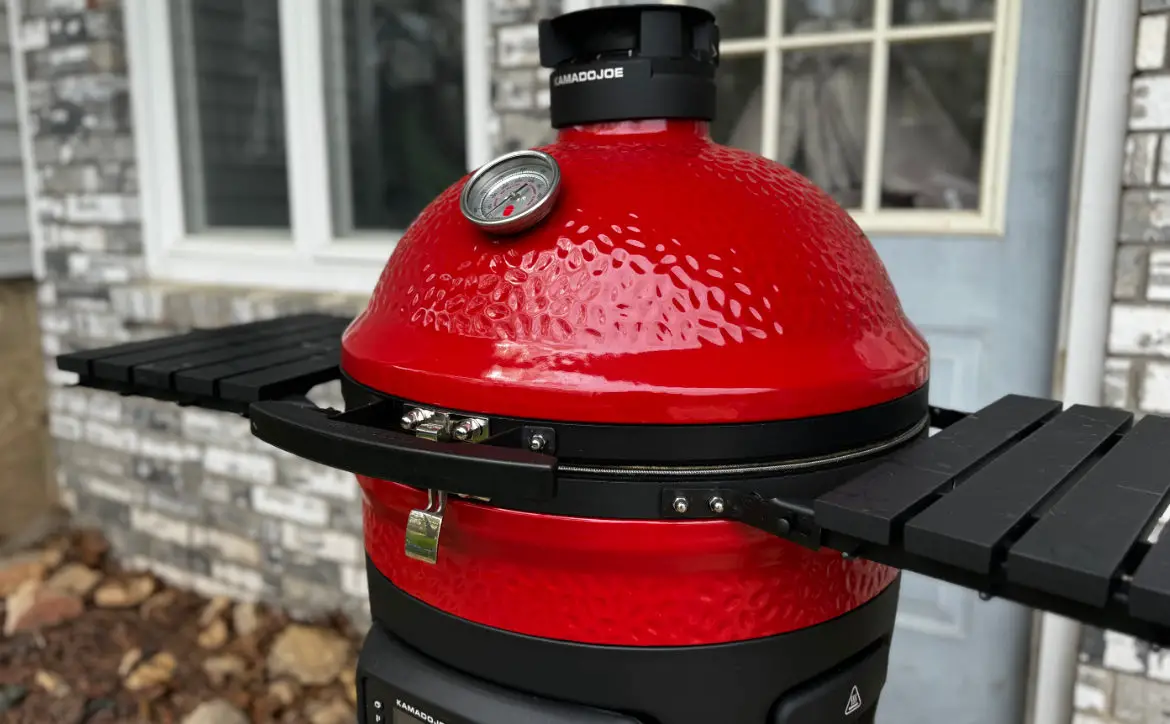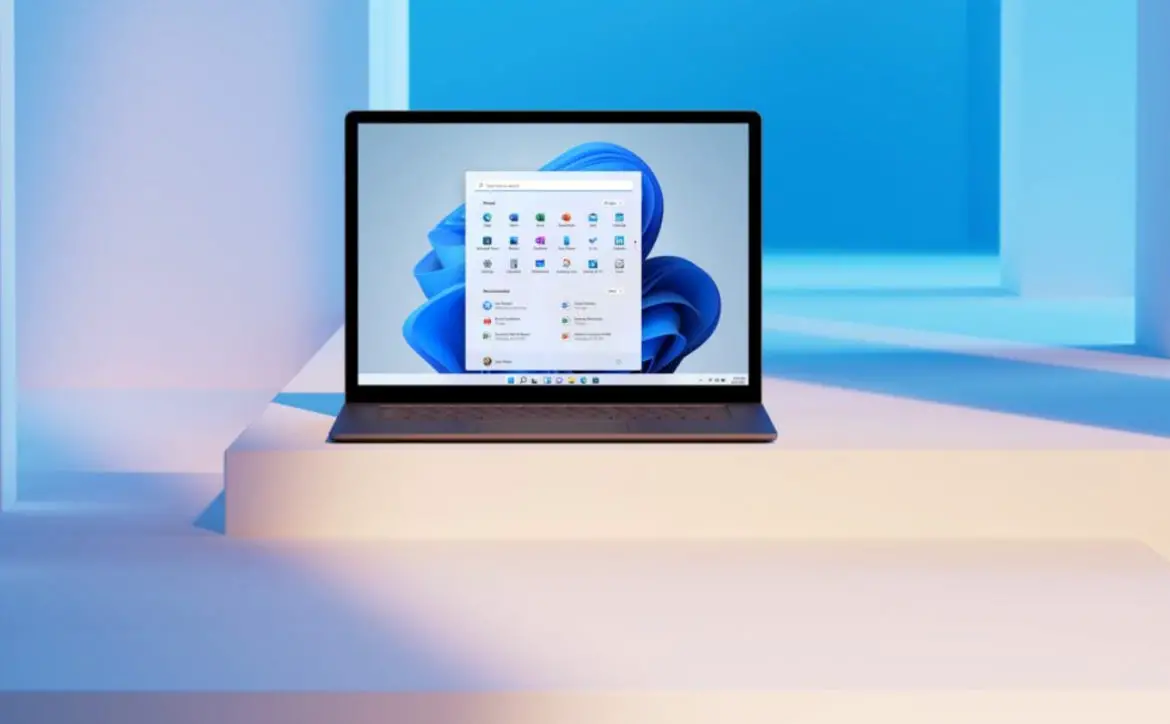It’s been quite some time since NASA has been able to return celestial samples to Earth for research. That may be about to change with the upcoming launch of a mission set to return an asteroid sample from a near-earth asteroid. The returned samples will be thoroughly researched in hopes of discovering more about how planets form, as well as how life may have started. Learning more about the target asteroid can also teach us more about asteroids with the potential to impact Earth.
It wouldn’t be a NASA mission without a fun vehicle name, and they have not disappointed this time. The Origins, Spectral Interpretation, Resource Identification, Security-Regolith Explorer (OSIRIS-REx) spacecraft will travel to Bennu, a near-earth asteroid that has been picked as the mission target.
OSIRIS-REx, aside from being a great acronym, is a 4,650-pound spacecraft that will launch atop an Atlas V 411 rocket to begin a mission that will take seven years from start to finish. Launching this year, the vehicle should reach its target in 2018. OSIRIS-REx will survey Bennu, looking for the most beneficial areas to sample. After picking a prime location, it will collect between 2 and 70 ounces of material, which it will return to Earth via a detachable capsule set to return to Earth in 2023.
Dante Lauretta from the University of Arizona, Tucson is the OSIRIS REx Principal Investigator. He is obviously excited about the potential of this mission:
The launch of OSIRIS-REx is the beginning a seven-year journey to return pristine samples from asteroid Bennu. The team has built an amazing spacecraft, and we are well-equipped to investigate Bennu and return with our scientific treasure.
The spacecraft will have the following tools (with descriptions courtesy of NASA) for exploring Bennu:
- OSIRIS-REx Camera Suite (OCAMS) – A system consisting of three cameras provided by the University of Arizona, Tucson, will observe Bennu and provide global imaging, sample site imaging, and will witness the sampling event.
- OSIRIS-REx Laser Altimeter (OLA) – A scanning LIDAR (Light Detection and Ranging) contributed by the Canadian Space Agency will be used to measure the distance between the spacecraft and Bennu’s surface, and will map the shape of the asteroid.
- OSIRIS-REx Thermal Emission Spectrometer (OTES) – An instrument provided by Arizona State University in Tempe that will investigate mineral abundances and provide temperature information with observations in the thermal infrared spectrum.
- OSIRIS-REx Visible and Infrared Spectrometer (OVIRS) – An instrument provided by NASA’s Goddard Space Flight Center in Greenbelt, Maryland and designed to measure visible and infrared light from Bennu to identify mineral and organic material.
- Regolith X-ray Imaging Spectrometer (REXIS) – A student experiment provided by the Massachusetts Institute of Technology (MIT) and Harvard University in Cambridge, which will observe the X-ray spectrum to identify chemical elements on Bennu’s surface and their abundances.
But getting to and looking at the asteroid is just the first step. In order to grab samples and return to Earth, the following systems — with descriptions again courtesy of NASA — will be employed:
- Touch-And-Go Sample Acquisition Mechanism (TAGSAM) – An articulated robotic arm with a sampler head, provided by Lockheed Martin Space Systems in Denver, to collect a sample of Bennu’s surface.
- OSIRIS-REx Sample Return Capsule (SRC) – A capsule with a heat shield and parachutes in which the spacecraft will return the asteroid sample to Earth, provided by Lockheed Martin.
The mission is set to launch on Thursday, September 8th at 7:05 EDT from Cape Canaveral in Florida.
[button link=”http://www.nasa.gov/press-release/nasa-prepares-to-launch-first-us-asteroid-sample-return-mission” icon=”fa-external-link” side=”left” target=”blank” color=”285b5e” textcolor=”ffffff”]Source: NASA[/button]









